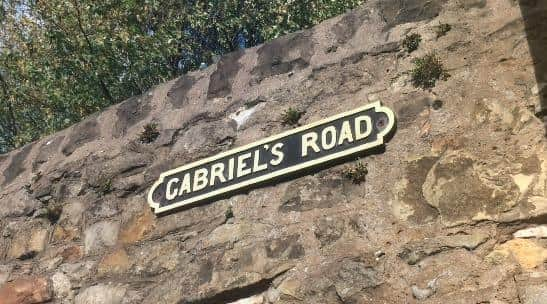Gabriel's Road: The story of two young brothers' brutal murders which gave an Edinburgh street its name
and live on Freeview channel 276
Warning: Some readers may find this article distressing.
In Edinburgh, on May 1, 1717, a man named Robert Irvine had his hands cut off before being dragged to the hangman’s noose.
A wound in his neck, where he had attempted to take his own life to evade capture, reopened as he dropped from the gallows, and, according to a paper at the time, “blood gushed out in great abundance.”
Advertisement
Hide AdAdvertisement
Hide Ad

Irvine had been caught and confessed to a particularly cruel and brutal crime - the murder of two young children who had been left in his care.
They were John and Alexander Gordon – the sons of the wealthy Gordon family – for whom he was a tutor.
While employed in their household, Irvine’s attention was caught by a young maid who was also working for the family.
Whether these attentions were welcomed or forced is not clear from the historical record.
Advertisement
Hide AdAdvertisement
Hide AdIn his confession, he stated that he “own'd that he had Four Times attempted to debauch the Servant Woman he was blam'd with, but that he was not actually guilty with her, and declared he design'd to have married her.”
It appears that the master of the house, James Gordon, intervened and it was this that caused Irvine to plot revenge.
The building of Edinburgh’s New Town did not begin until the late 1700, and so at the time of the crime would have been farm land and fields.
Irvine took the two young boys for an outing in this countryside on April 28, 1717, and while there, used a penknife to murder them both.
Advertisement
Hide AdAdvertisement
Hide AdHe was swiftly arrested, as was the maid, despite his protestations that she knew nothing of the crime.
He was sentenced to hang, and the date of execution was set just days later.
The account of his execution notes: “At the Sight of the bloody Cloaths in which the Children were murder'd, which were brought to him in the Prison a little before he went to the Place of Execution, he was much affected, and broke out into Groans and Tears.”
Gabriel’s Road, thought to be the spot on which the murder took place, was named after the angel who residents said would have travelled that route to collect the children's lifeless bodies and take them to heaven.